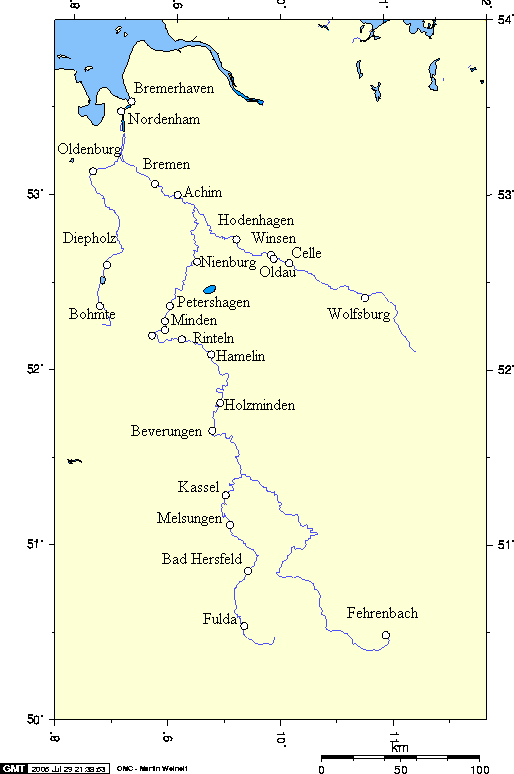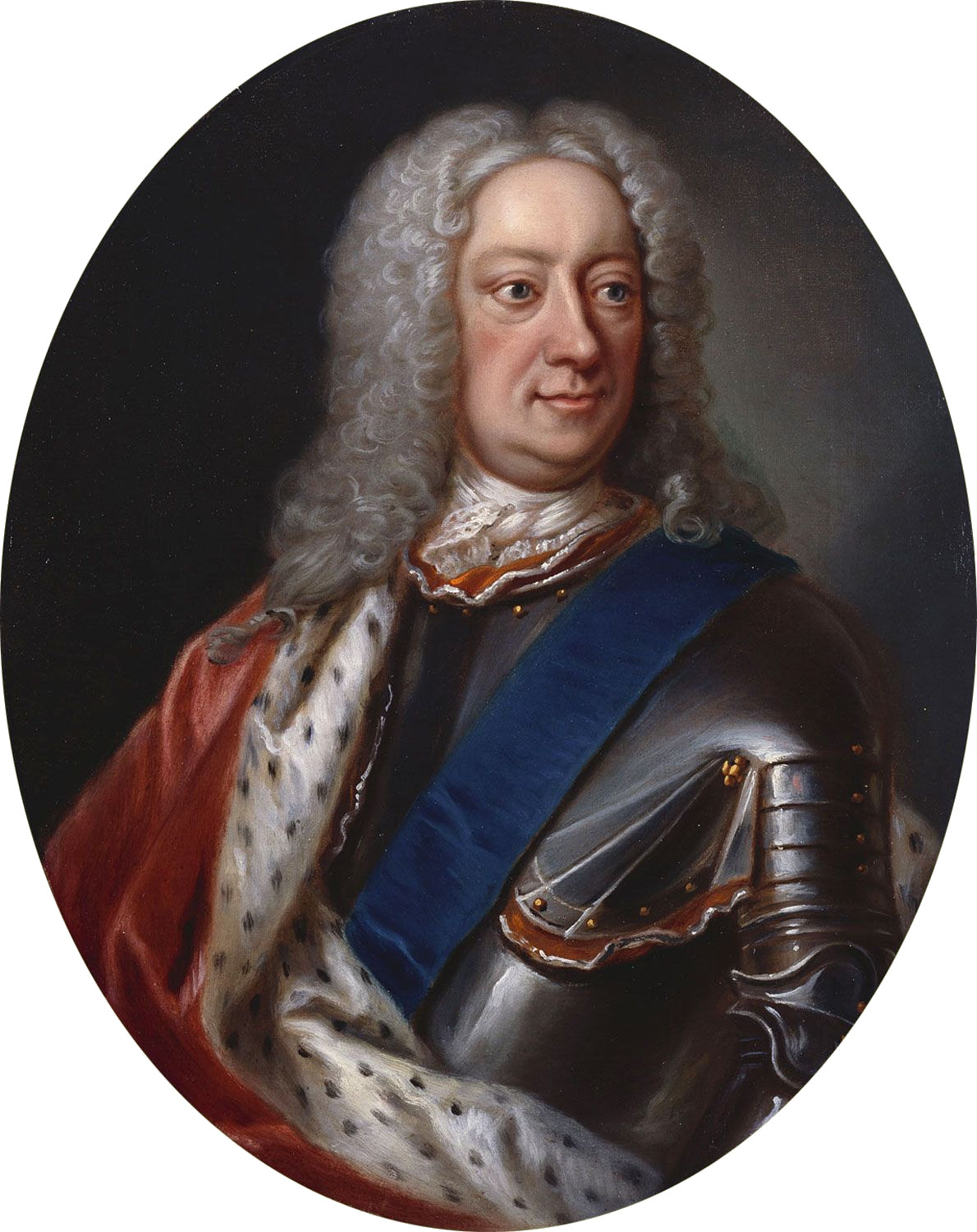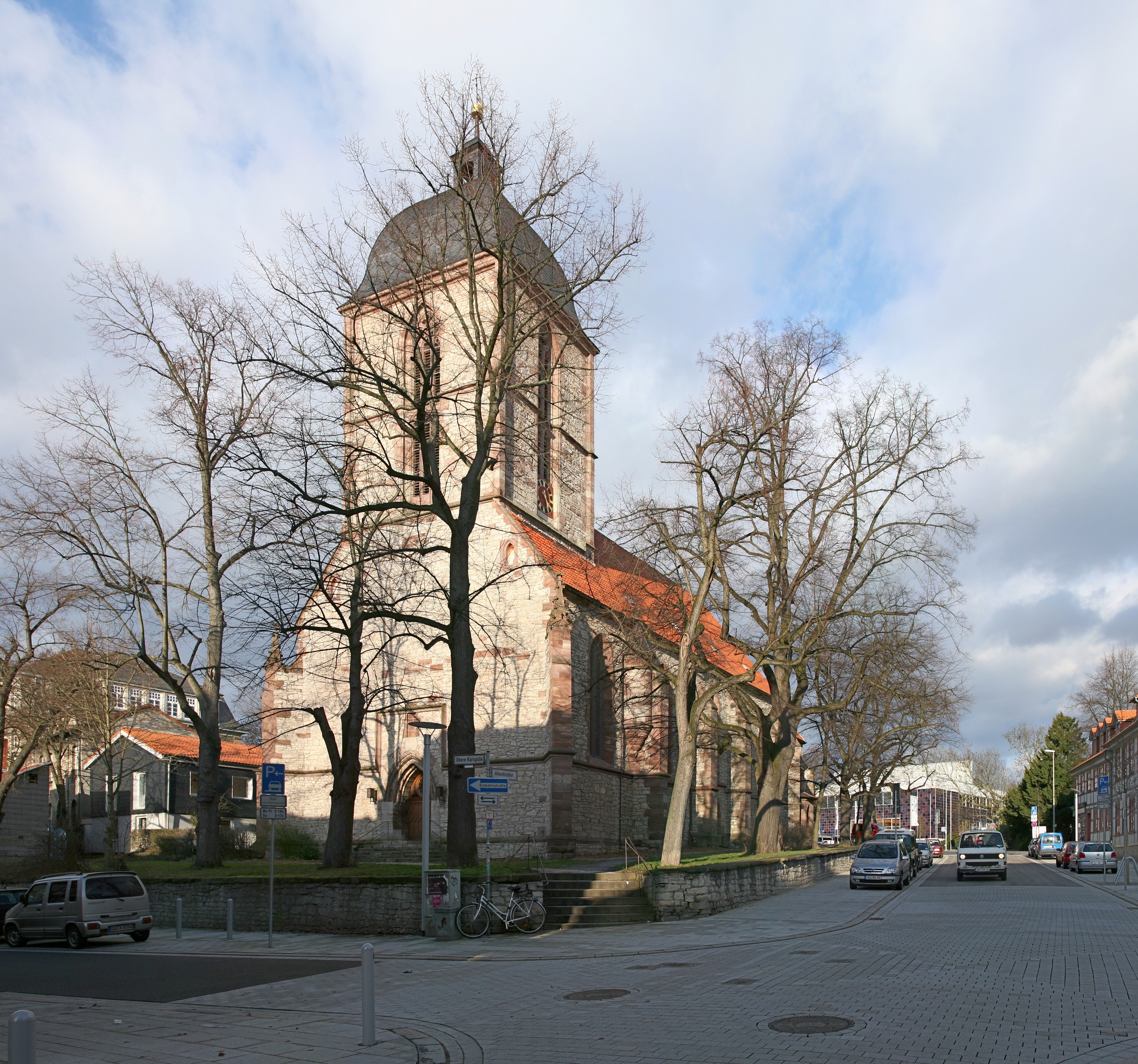|
Irmgard Flügge-Lotz
Irmgard Flügge-Lotz, née Lotz (16 July 1903 – 22 May 1974) was a German-American mathematician and aerospace engineer. She was a pioneer in the development of the theory of discontinuous automatic control, which has found wide application in hysteresis control systems; such applications include guidance systems, electronics, fire-control systems, and temperature regulation. She became the first female engineering professor at Stanford University in 1961 and the first female engineer elected a Fellow of the American Institute of Aeronautics and Astronautics. Early life and education Lotz was born in Hamelin, Germany on 16 July 1903. She was encouraged at an early age to pursue technical subjects by her mother, whose family had been involved in construction for several generations. She often visited construction sites with her uncle and attended half-price matinee shows for technical films. After her father, Osark, a travelling journalist, was drafted for military service in ... [...More Info...] [...Related Items...] OR: [Wikipedia] [Google] [Baidu] |
Hamelin
Hameln ( ; ) is a town on the river Weser in Lower Saxony, Germany. It is the capital of the district of Hameln-Pyrmont and has a population of roughly 57,000. Hamelin is best known for the tale of the Pied Piper of Hamelin. History Hameln started with a monastery, which was founded as early as 851 AD; its surrounding village became a town by the 12th century. The incident involving the "Pied Piper" (see below) is said to have occurred in 1284 and may be based on a true event, although somewhat different from the traditional tale. In the 15th and 16th centuries, Hamelin was a minor member of the Hanseatic League. In June 1634, during the Thirty Years' War, Lothar Dietrich, Freiherr of Bönninghausen, a general in the Imperial Army of the Holy Roman Emperor, lost the Battle of Oldendorf to the Swedish General Kniphausen, after Hamelin had been besieged by the Swedish army. The era of the town's greatest prosperity began in 1664, when Hamelin became a fortified border town ... [...More Info...] [...Related Items...] OR: [Wikipedia] [Google] [Baidu] |
Electronics
Electronics is a scientific and engineering discipline that studies and applies the principles of physics to design, create, and operate devices that manipulate electrons and other Electric charge, electrically charged particles. It is a subfield of physics and electrical engineering which uses Passivity (engineering), active devices such as transistors, diodes, and integrated circuits to control and amplify the flow of electric current and to convert it from one form to another, such as from alternating current (AC) to direct current (DC) or from analog signal, analog signals to digital signal, digital signals. Electronic devices have significantly influenced the development of many aspects of modern society, such as telecommunications, entertainment, education, health care, industry, and security. The main driving force behind the advancement of electronics is the semiconductor industry, which continually produces ever-more sophisticated electronic devices and circuits in respo ... [...More Info...] [...Related Items...] OR: [Wikipedia] [Google] [Baidu] |
University Of Göttingen
The University of Göttingen, officially the Georg August University of Göttingen (, commonly referred to as Georgia Augusta), is a Public university, public research university in the city of Göttingen, Lower Saxony, Germany. Founded in 1734 by George II of Great Britain, George II, King of Great Britain and Electorate of Hanover, Elector of Hanover, it began instruction in 1737 and is recognized as the oldest university in Lower Saxony. Recognized for its historic and traditional significance, the university has affiliations with 47 Nobel Prize winners by its own count. Previously backed by the German Universities Excellence Initiative, the University of Göttingen is a member of the U15 (German Universities), U15 Group of major German research universities, underscoring its strong research profile. It is also a part of prominent international and European academic networks such as Guild of European Research-Intensive Universities, The Guild, the ENLIGHT alliance, and the Hek ... [...More Info...] [...Related Items...] OR: [Wikipedia] [Google] [Baidu] |
Privatdozent
''Privatdozent'' (for men) or ''Privatdozentin'' (for women), abbreviated PD, P.D. or Priv.-Doz., is an academic title conferred at some European universities, especially in German-speaking countries, to someone who holds certain formal qualifications that denote an ability (''facultas docendi'') and permission to teach ('' venia legendi'') a designated subject at the highest level. To be granted the title Priv.-Doz. by a university, a recipient has to fulfill the criteria set by the university which usually require excellence in research, teaching, and further education. In its current usage, the title indicates that the holder has completed their habilitation and is therefore granted permission to teach and examine students independently without having a full professorship (chair). With respect to the level of academic achievement, the title of ''Privatdozent'' is comparable to that of an Associate Professor (United States), Senior Lecturer (United Kingdom), or ''maître de con ... [...More Info...] [...Related Items...] OR: [Wikipedia] [Google] [Baidu] |
Wilhelm Flügge
Gottfried Wilhelm Flügge (March 18, 1904 – March 19, 1990) was a German engineer, and Professor of Applied Mechanics at Stanford University.J.J. O'Connor and E.F. Robertson.Gottfried Wilhelm Flügge" at ''history.mcs.st-and.ac.uk.'' School of Mathematics and Statistics University of St Andrews, 2015. Accessed 2017-09-20.James Gere, George Herrmann, Charles R. Steele." at website Historical Society, Stanford University, 2004. He is known as recipient of the 1970 Theodore von Karman Medal in Engineering Mechanics, and the 1970 Worcester Reed Warner Medal.''Engineers of Distinction,'' Volume 2. 1973, p. 101 In 1934 Flügge published his most noted work ''Statik und Dynamik der Schalen'' in German, in 1960 translated nto English, entitled ''Stresses in shells.'' In those days this work evolved into the international standard work on shell theory. As Gere et al. (2004) put it, that work "served as the handbook for designers of concrete roofs, pressure vessels for storage and power g ... [...More Info...] [...Related Items...] OR: [Wikipedia] [Google] [Baidu] |
Lifting-line Theory
The Lanchester–Prandtl lifting-line theoryAnderson, John D. (2001), ''Fundamentals of Aerodynamics'', p. 360. McGraw-Hill, Boston. . is a mathematical model in aerodynamics that predicts lift distribution over a three-dimensional wing from the wing's geometry. The theory was expressed independently by Frederick W. Lanchester in 1907, and by Ludwig Prandtl in 1918–1919 after working with Albert Betz and Max Munk. In this model, the vortex bound to the wing develops along the whole wingspan because it is shed as a vortex-sheet from the trailing edge, rather than just as a single vortex from the wing-tips. Introduction It is difficult to predict analytically the overall amount of lift that a wing of given geometry will generate. When analyzing a three-dimensional finite wing, a traditional approach slices the wing into cross-sections and analyzes each cross-section independently as a wing in a two-dimensional world. Each of these slices is called an airfoil, and it ... [...More Info...] [...Related Items...] OR: [Wikipedia] [Google] [Baidu] |
Albert Betz
Albert Betz (25 December 1885 – 16 April 1968) was a German physicist and a pioneer of wind turbine technology. Education and career Betz was born in Schweinfurt. In 1910 he graduated as a naval engineer from Technische Hochschule Berlin (Diplomingenieur Schiffbau). In 1911 Betz became a researcher at the University of Göttingen aerodynamics laboratory, where he was awarded his PhD in 1919 for his work on 'ship propellers with minimum loss of energy'. In his 1920 paper "Das Maximum der theoretisch möglichen Ausnutzung des Windes durch Windmotoren" ("Theoretical Limit for Best Utilization of Wind by Wind Motors") was published. His work was based on earlier studies by Frederick Lanchester that included the first full description of lift and drag. The formulation was somewhat complex and had to wait for Ludwig Prandtl's version before becoming generally useful. Betz's law states that, independent of the design of a wind turbine, only 16/27 (or 59%) of the kinetic ener ... [...More Info...] [...Related Items...] OR: [Wikipedia] [Google] [Baidu] |
Ludwig Prandtl
Ludwig Prandtl (4 February 1875 – 15 August 1953) was a German Fluid mechanics, fluid dynamicist, physicist and aerospace scientist. He was a pioneer in the development of rigorous systematic mathematical analyses which he used for underlying the science of aerodynamics, which have come to form the basis of the applied science of aeronautical engineering. In the 1920s, he developed the mathematical basis for the fundamental principles of Subsonic flight, subsonic aerodynamics in particular; and in general up to and including transonic velocities. His studies identified the boundary layer, thin-Airfoil, airfoils, and Lifting-line theory, lifting-line theories. The Prandtl number was named after him. Early years Prandtl was born in Freising, near Munich, on 4 February 1875. His mother suffered from a lengthy illness and, as a result, Ludwig spent more time with his father, a professor of engineering. His father also encouraged him to observe nature and think about his observati ... [...More Info...] [...Related Items...] OR: [Wikipedia] [Google] [Baidu] |
Göttingen
Göttingen (, ; ; ) is a college town, university city in Lower Saxony, central Germany, the Capital (political), capital of Göttingen (district), the eponymous district. The River Leine runs through it. According to the 2022 German census, the population of Göttingen was 124,548. Overview The origins of Göttingen lay in a village called ''Gutingi, ''first mentioned in a document in 953 AD. The city was founded northwest of this village, between 1150 and 1200 AD, and adopted its name. In Middle Ages, medieval times the city was a member of the Hanseatic League and hence a wealthy town. Today, Göttingen is famous for its old university (''Georgia Augusta'', or University of Göttingen, "Georg-August-Universität"), which was founded in 1734 (first classes in 1737) and became the most visited university of Europe. In 1837, seven professors protested against the absolute sovereignty of the House of Hanover, kings of Kingdom of Hanover, Hanover; they lost their positions, but ... [...More Info...] [...Related Items...] OR: [Wikipedia] [Google] [Baidu] |
Diplom
A ''Diplom'' (, from ) is an academic degree in the German-speaking countries Germany, Austria, and Switzerland and a similarly named degree in some other European countries including Albania, Bulgaria, Belarus, Bosnia and Herzegovina, Croatia, Estonia, Finland, Poland, Russia, and Ukraine and only for engineers in France, Greece, Hungary, North Macedonia, Romania, Serbia, Slovenia, and Brazil. History The Diplom originates from the French Diplôme (''Diplôme de l'ordre impérial de la légion d'honneur'') describing a certificate devised during the Second French Empire to bestow honours upon outstanding citizens and soldiers of the imperial French army to promote them into the Legion of Honour since 1862. The Magister degree was the original graduate degree at German-speaking universities. In Germany the Diplom dates back to the pre-republican period: In October 1899 the engineering degree ''Diplom'' was announced by a ''supreme decree'' of the German emperor Wilhelm II in ... [...More Info...] [...Related Items...] OR: [Wikipedia] [Google] [Baidu] |
Fluid Dynamics
In physics, physical chemistry and engineering, fluid dynamics is a subdiscipline of fluid mechanics that describes the flow of fluids – liquids and gases. It has several subdisciplines, including (the study of air and other gases in motion) and (the study of water and other liquids in motion). Fluid dynamics has a wide range of applications, including calculating forces and moment (physics), moments on aircraft, determining the mass flow rate of petroleum through pipeline transport, pipelines, weather forecasting, predicting weather patterns, understanding nebulae in interstellar space, understanding large scale Geophysical fluid dynamics, geophysical flows involving oceans/atmosphere and Nuclear weapon design, modelling fission weapon detonation. Fluid dynamics offers a systematic structure—which underlies these practical disciplines—that embraces empirical and semi-empirical laws derived from flow measurement and used to solve practical problems. The solution to a fl ... [...More Info...] [...Related Items...] OR: [Wikipedia] [Google] [Baidu] |
Gymnasium (Germany)
''Gymnasium'' (; German plural: ''Gymnasien''), in the German education system, is the most advanced and highest of the three types of German secondary schools, the others being ''Hauptschule'' (lowest) and ''Realschule'' (middle). ''Gymnasium'' strongly emphasizes academic learning, comparable to the British grammar school system or with university preparatory school, prep schools in the United States. A student attending ''Gymnasium'' is called a ''Gymnasiast'' (German plural: ''Gymnasiasten''). In 2009/10 there were 3,094 gymnasia in Germany, with students (about 28 percent of all precollegiate students during that period), resulting in an average student number of 800 students per school.Federal Statistical office of Germany, Fachserie 11, Reihe 1: Allgemeinbildende Schulen – Schuljahr 2009/2010, Wiesbaden 2010 Gymnasia are generally public, state-funded schools, but a number of parochial and private gymnasia also exist. In 2009/10, 11.1 percent of gymnasium students ... [...More Info...] [...Related Items...] OR: [Wikipedia] [Google] [Baidu] |






